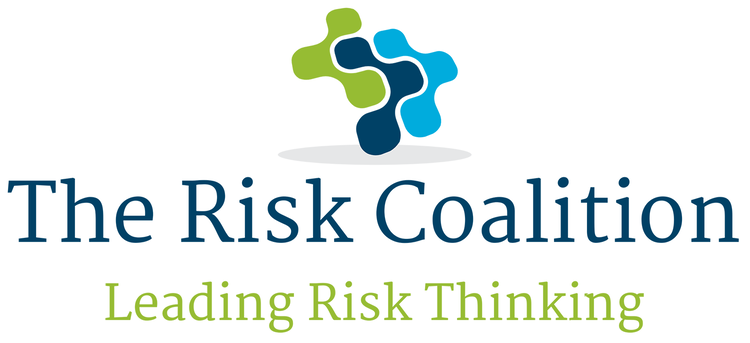In my recent whitepaper, ‘Feeling hungry? A simpler, more intelligent approach to risk appetite’, I discuss the often-heard argument that sometimes it’s necessary to take on more risk to achieve an objective. For example, moving into higher risk lending to achieve a profitability objective. This idea is often presented in boardroom discussions as a self-evident truth, often with little or no challenge from other board members.
Unfortunately, the world is a little more complex. So, let’s spend a day at the races to explore this idea further...
Let’s say that I’m feeling generous and give you a £100 stake to spend as you wish at the races - provided that you hand me back £1,000 at the end of the day. Of course, you get to keep any winnings over £1,000. (Who says I’m not generous!)
You look doubtful so I decide to increase my risk by giving you a £200 stake instead, again with the proviso that you hand me back £1,000 at the end of the day.
You look happier but have I really increased the likelihood of a successful outcome of getting £1,000 back?
The answer is: it depends.
It depends on what you decide to do with the stake money. Do you decide to put the whole lot on a single horse to win? Do you bet on favourites or go for outside chances? On the nose or each way? Do you research the form, or close your eyes and use a lucky pin? How about an accumulator?
The mere act of increasing the stake, while increasing my risk, does not necessarily increase the likelihood of a successful outcome. Having a larger stake only makes it easier for you to make £1,000 in winnings if you manage to pick winning horses.
So, the reality of the situation is that increasing gross (pre-control) risk does not automatically increase the likelihood of a successful outcome. It’s your ability – through expertise, systems, processes and controls - to mitigate that gross risk down to a point where you have increased the likelihood of a successful outcome that is important.
That is, getting residual (post-control) risk down as far as reasonably practical. This is the point where further investment in risk mitigations is no longer worthwhile – a residual risk/cost of control equilibrium.
As for our day at the races, the smartest move would be for you to take my money and approach someone else, offering to give them £180 provided that they hand you back £1,200 at the end of the day. That way you completely transfer the risk and make a tidy profit. I call this the ‘outsourcing delusion’.
But that’s a blog for another day.
Chris Burt, Risk Coalition

